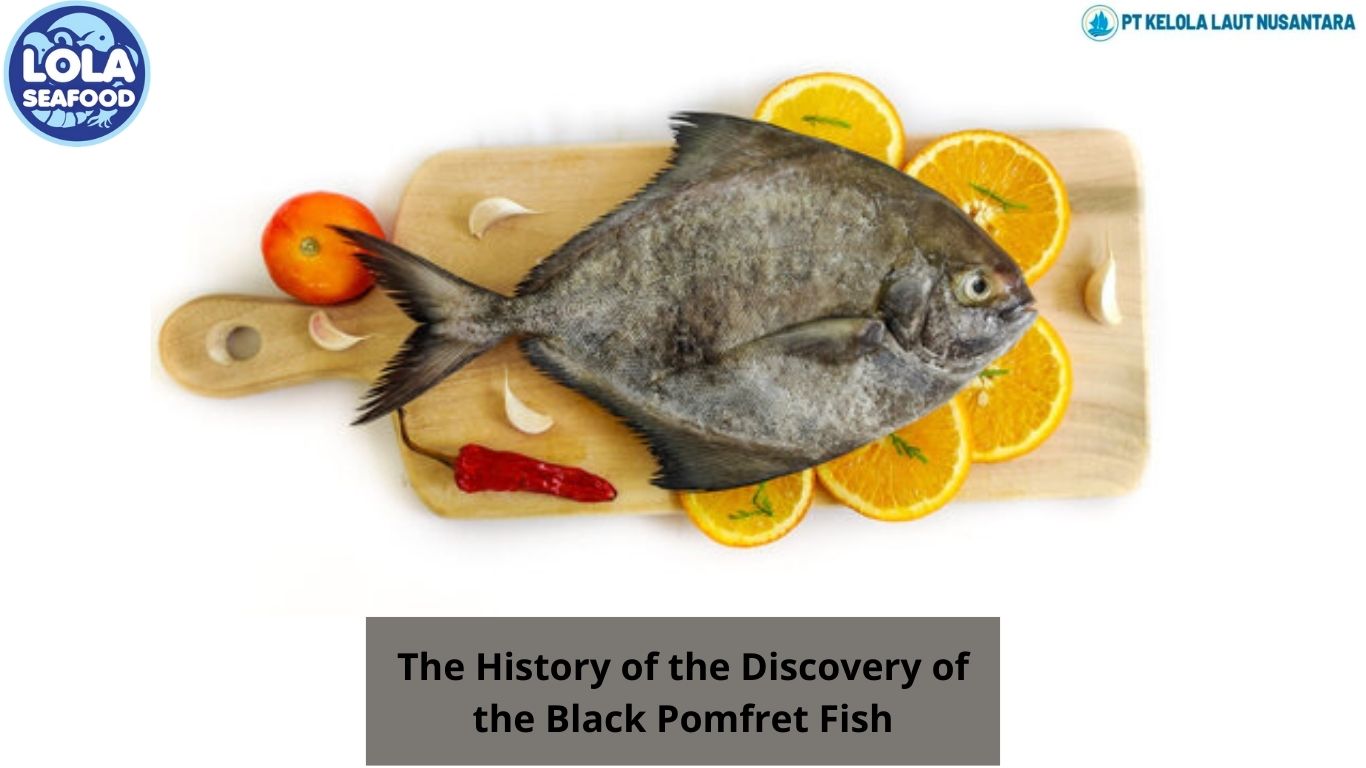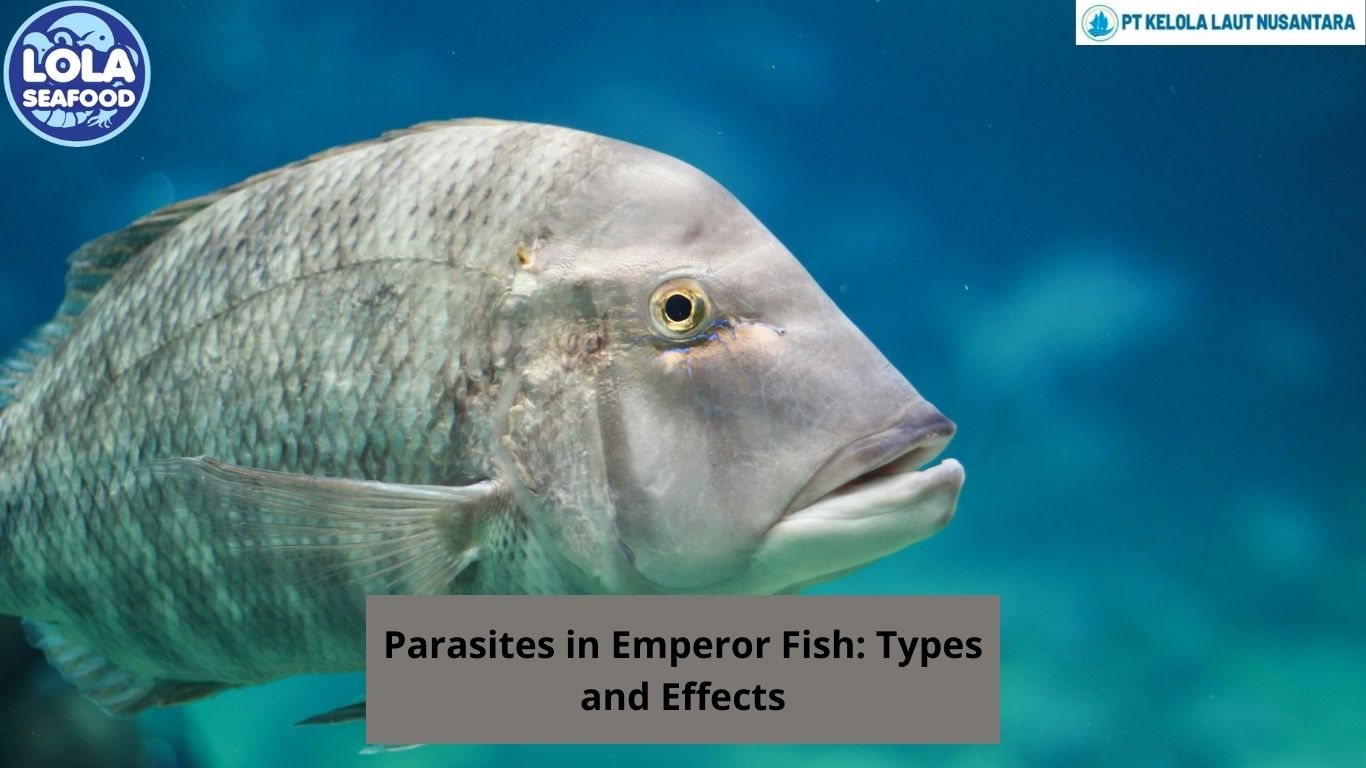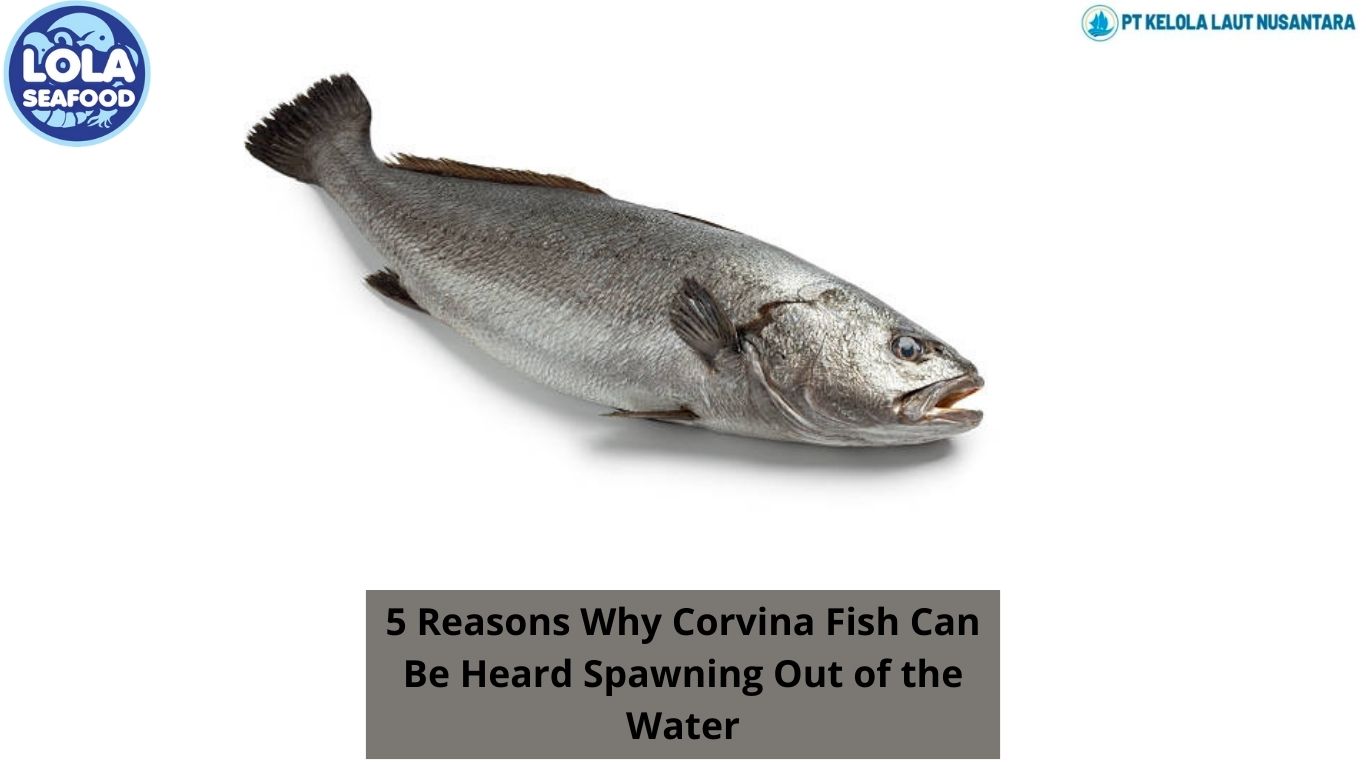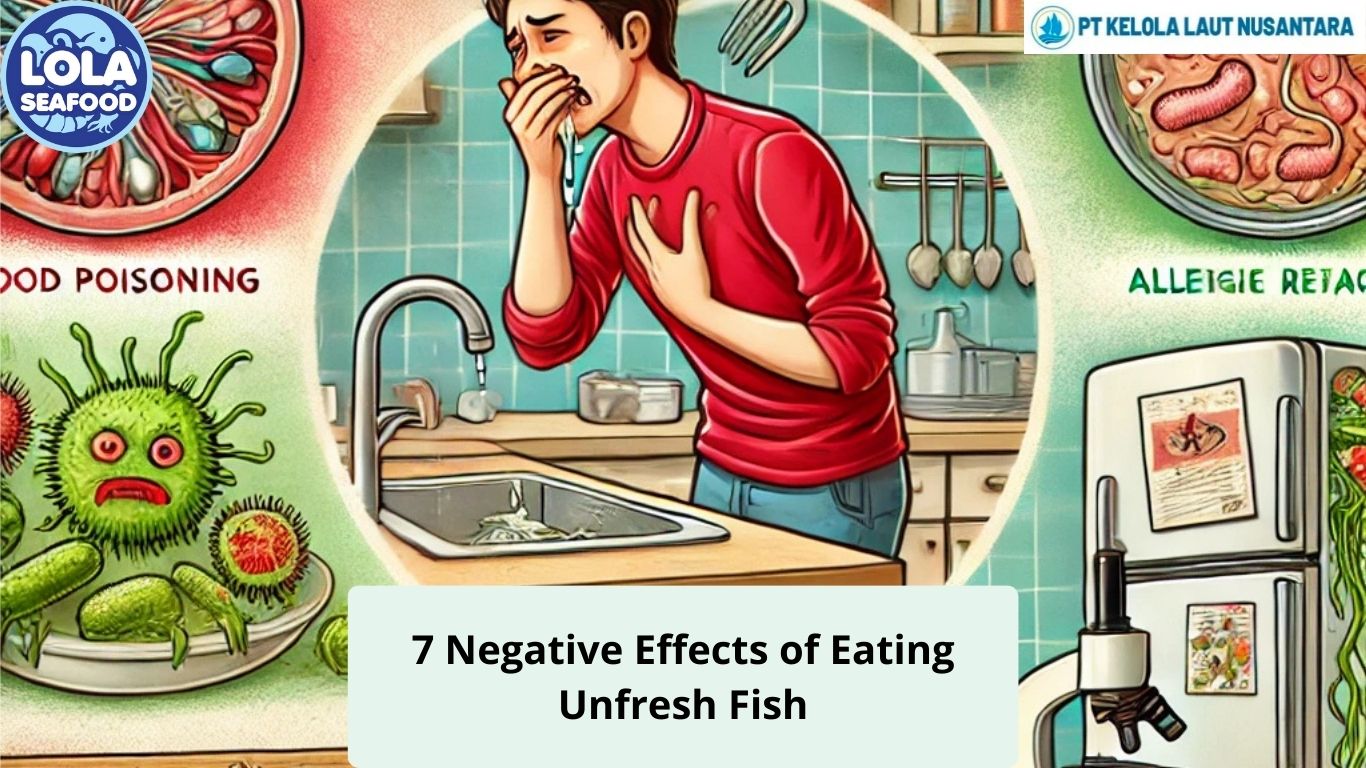This Is How Recycling Fish Waste Becomes Useful
By. Nugroho Luhur - 19 Feb 2025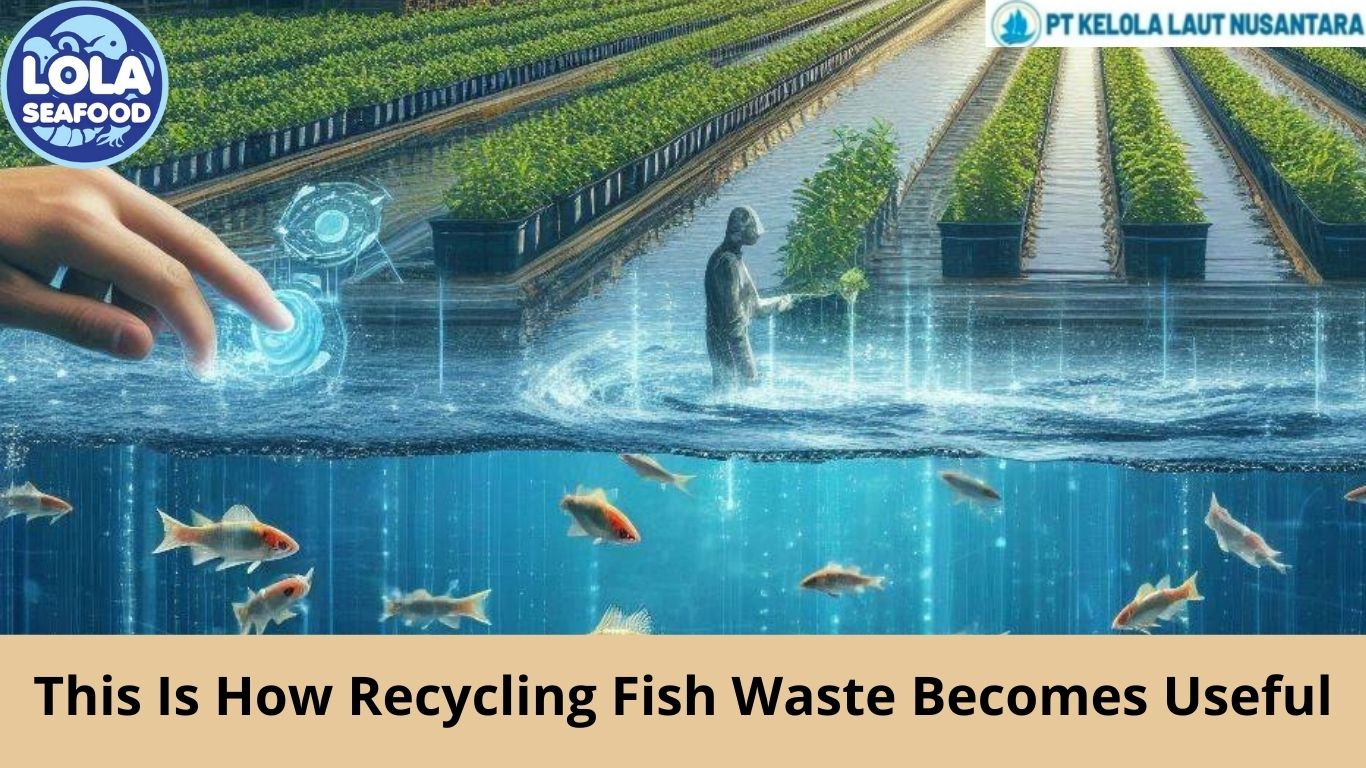
Kelolalaut.com The global fishing industry generates millions of tons of fish waste every year, including heads, bones, skin, and internal organs. Traditionally, much of this waste has been discarded in landfills or dumped back into the ocean, leading to environmental concerns. However, innovative recycling methods are transforming fish waste into valuable products, benefiting industries ranging from agriculture to pharmaceuticals.
Fish Waste as Organic Fertilizer
One of the most common uses of fish waste is as an organic fertilizer. Fish-based fertilizers are rich in essential nutrients like nitrogen, phosphorus, and potassium, which promote plant growth. These fertilizers not only enhance soil fertility but also improve crop yields. Unlike synthetic fertilizers, fish-based alternatives release nutrients slowly, making them more sustainable and environmentally friendly.
Fish emulsion, a liquid fertilizer made by fermenting fish waste, is particularly popular among organic farmers. It boosts soil microbial activity, enhancing the overall health of plants. Additionally, fish meal—a powder made from dried fish remains—is widely used to enrich soil and animal feed.
Fish Waste in Animal Feed and Aquaculture
Another significant use of fish waste is in the production of animal feed. Fish meal and fish oil, derived from discarded fish parts, serve as protein-rich supplements for livestock and aquaculture. These products are essential in the diets of poultry, pigs, and farmed fish, ensuring proper growth and nutrition.
In aquaculture, recycling fish waste helps create a circular economy. Instead of discarding waste, fish farms repurpose it into feed, reducing reliance on wild fish stocks. This sustainable approach minimizes environmental impact while maximizing resource utilization.
Biogas Production from Fish Waste
Fish waste can also be converted into renewable energy through anaerobic digestion, a process where microorganisms break down organic material to produce biogas. The biogas, mainly composed of methane, serves as a clean energy source for electricity and heating. This method not only reduces waste disposal problems but also helps industries cut down on fossil fuel dependency.
Moreover, the byproduct of this process, known as digestate, is a nutrient-rich slurry that can be used as fertilizer, further enhancing the circular economy model. Many seafood processing plants are now investing in biogas technology to manage waste sustainably and generate additional revenue.
Biomedical and Pharmaceutical Applications
Surprisingly, fish waste plays a crucial role in medical and pharmaceutical research. Fish skin, particularly from species like cod and tilapia, contains collagen, a valuable protein used in wound healing, cosmetic products, and medical treatments. Collagen from fish waste is increasingly being used in skin grafts for burn victims, offering a biocompatible and sustainable alternative to traditional sources.
Chitosan, a compound derived from fish shells and scales, has antibacterial and wound-healing properties, making it useful in medical bandages and drug delivery systems. The pharmaceutical industry continues to explore innovative ways to utilize fish waste for health and wellness applications.
Recycling fish waste is an environmentally and economically beneficial practice. From organic fertilizers and animal feed to renewable energy and biomedical applications, fish waste has numerous valuable uses. By embracing sustainable waste management strategies, the seafood industry can reduce its environmental footprint while creating new opportunities for various industries.
If youre interested in our Barramundi Whole Round / Whole Gilled Gutted Scaled, Barramundi Fillet Skinless and Barramundi Fillet Skin On please do not hesitate to contact us through email and/or whatsapp
